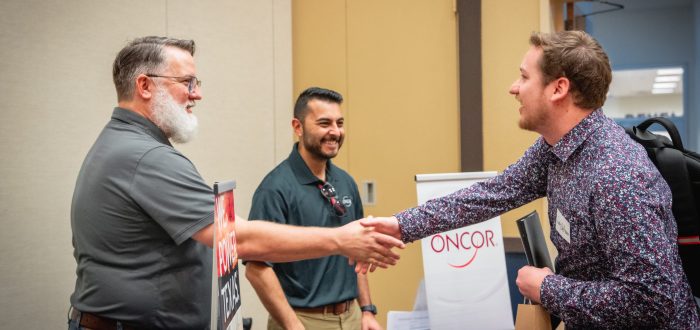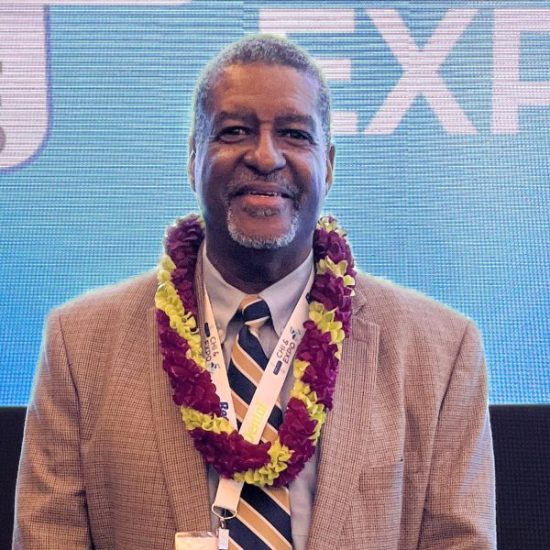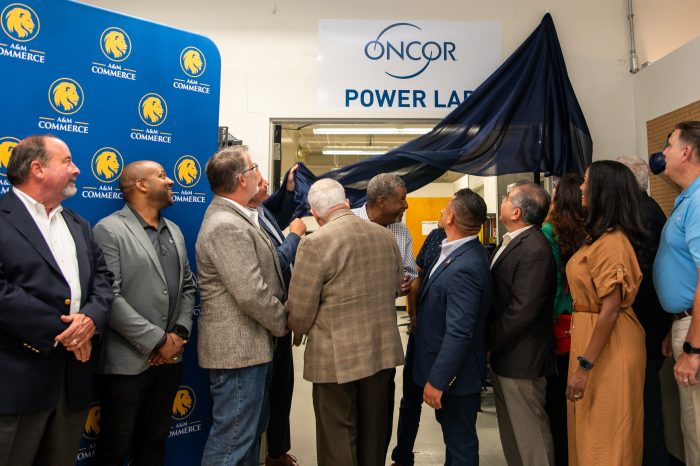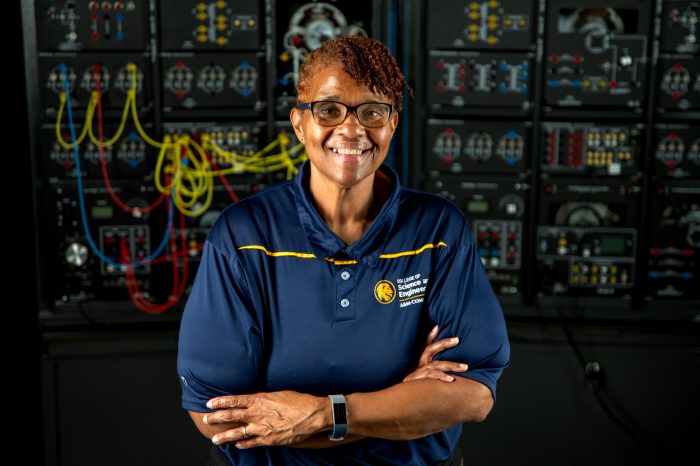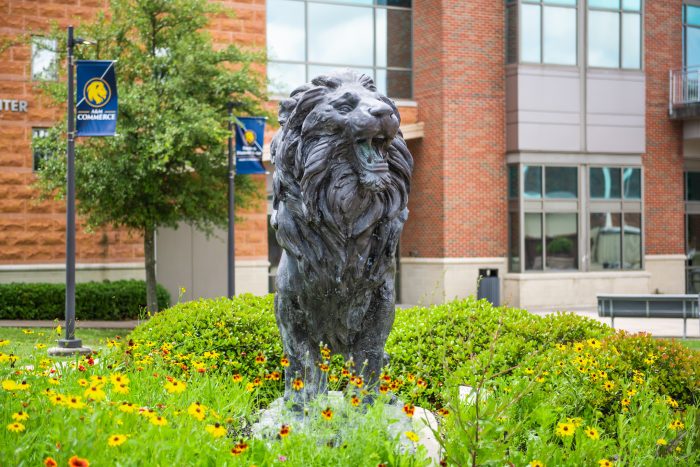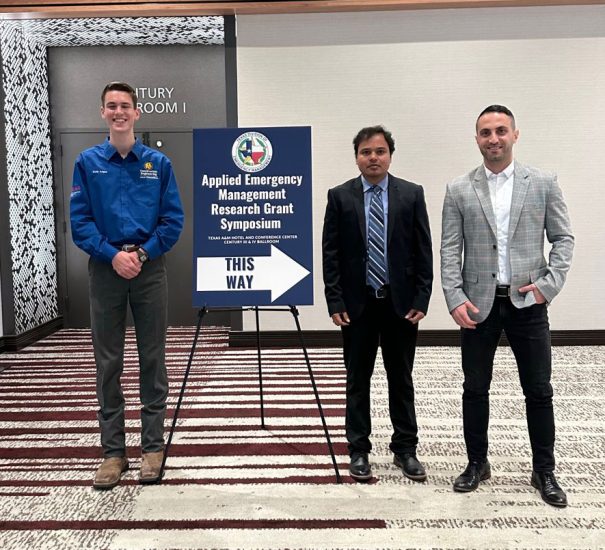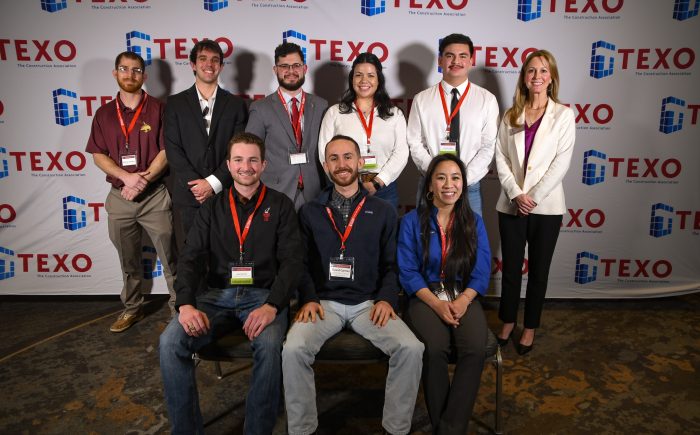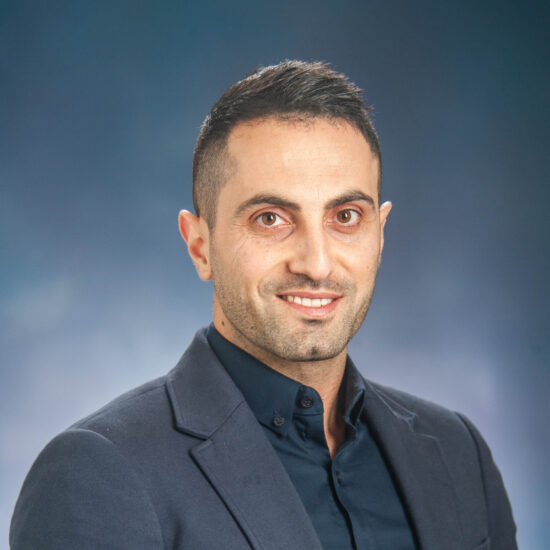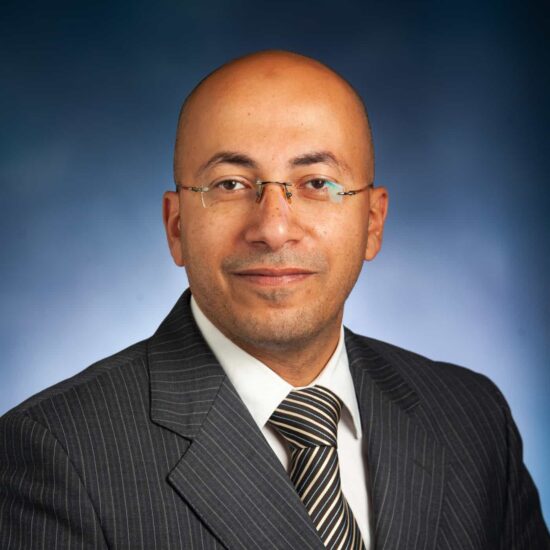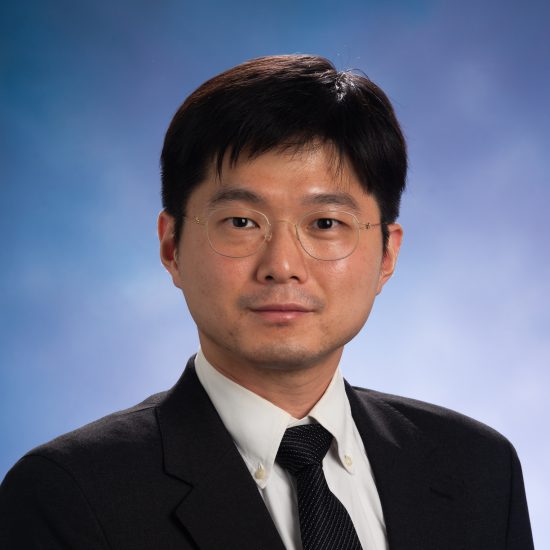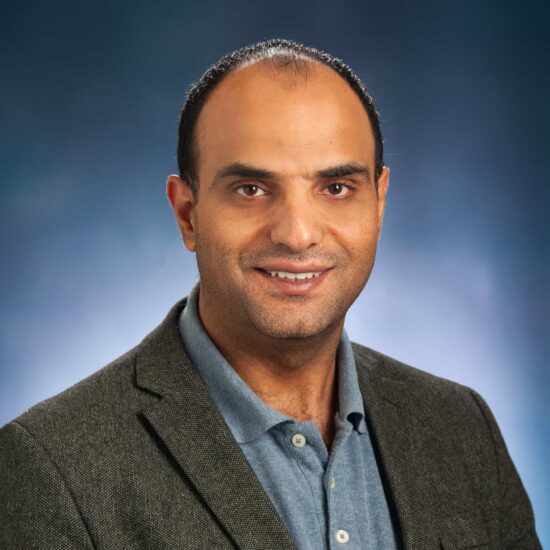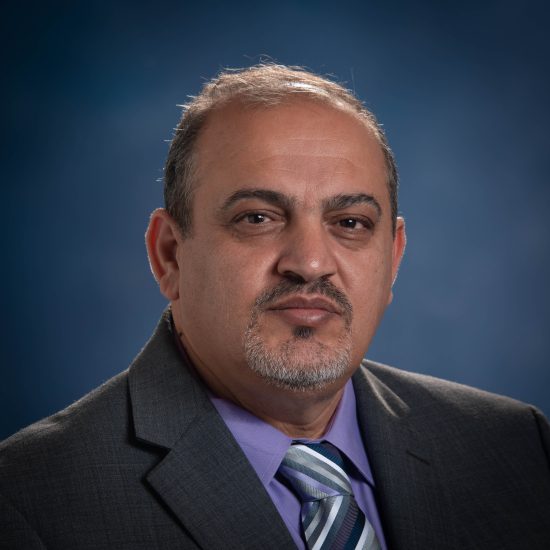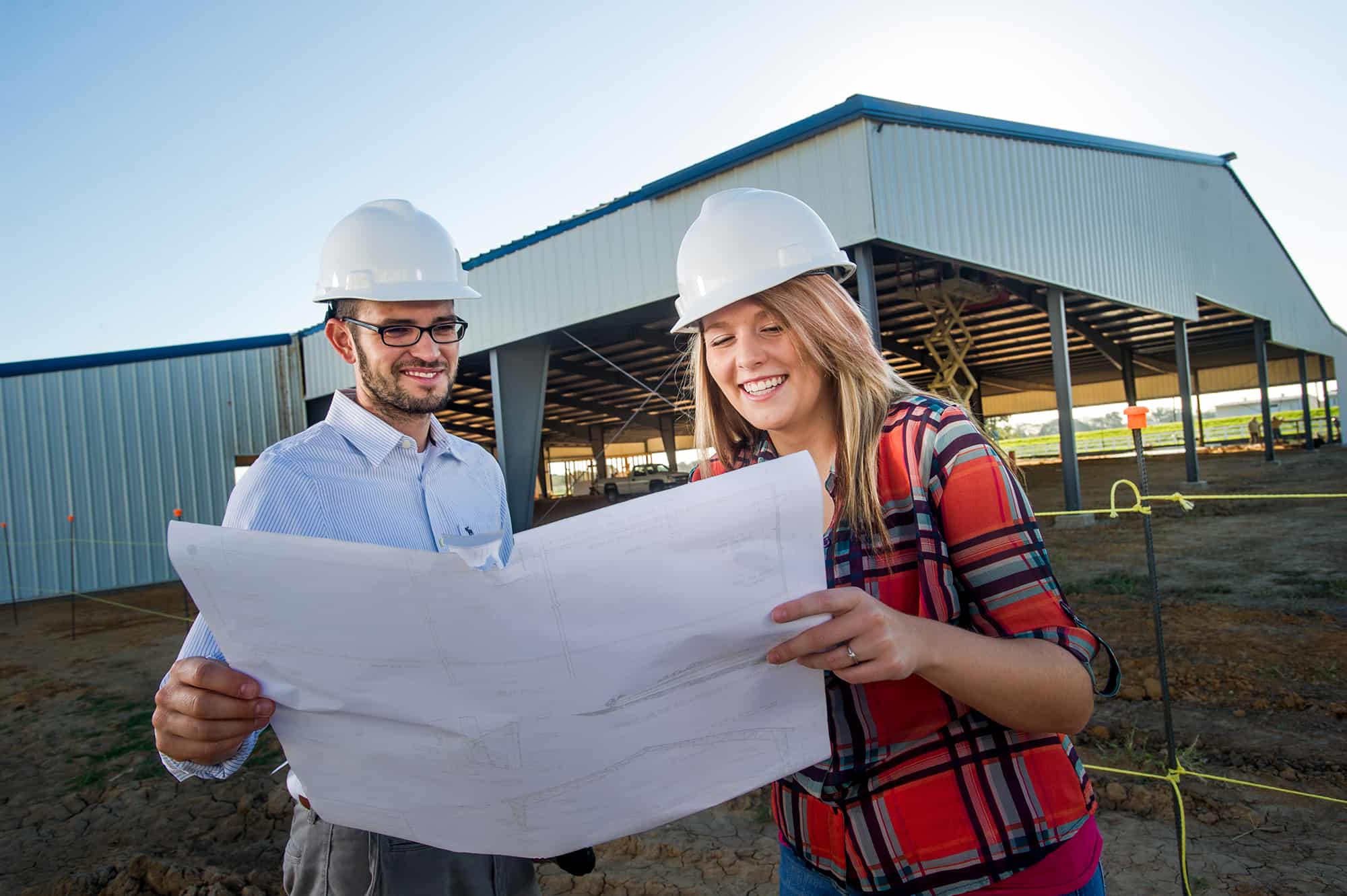
- On this page:
-
 Programs
Programs
-
 News
News
-
 Organizations
Organizations
-
 Scholarships
Scholarships
-
 Research
Research
-
 Team
Team
-
 Contact
Contact
Department of Engineering and Technology
Where Ideas Engineer Tomorrow’s World
The Department of Engineering and Technology fosters the development of effective problem solvers, equipping students with the knowledge and hands-on experience to build the future.
Become a Problem Solver
Our programs are built upon world-class instruction, research and real-world experiences. We offer degrees in construction, electrical and industrial engineering at the undergraduate level, as well as a technology management degree at the undergraduate and graduate level. Our mission is to contribute to the betterment of society by creating innovative solutions to problems and issues facing our interconnected world.
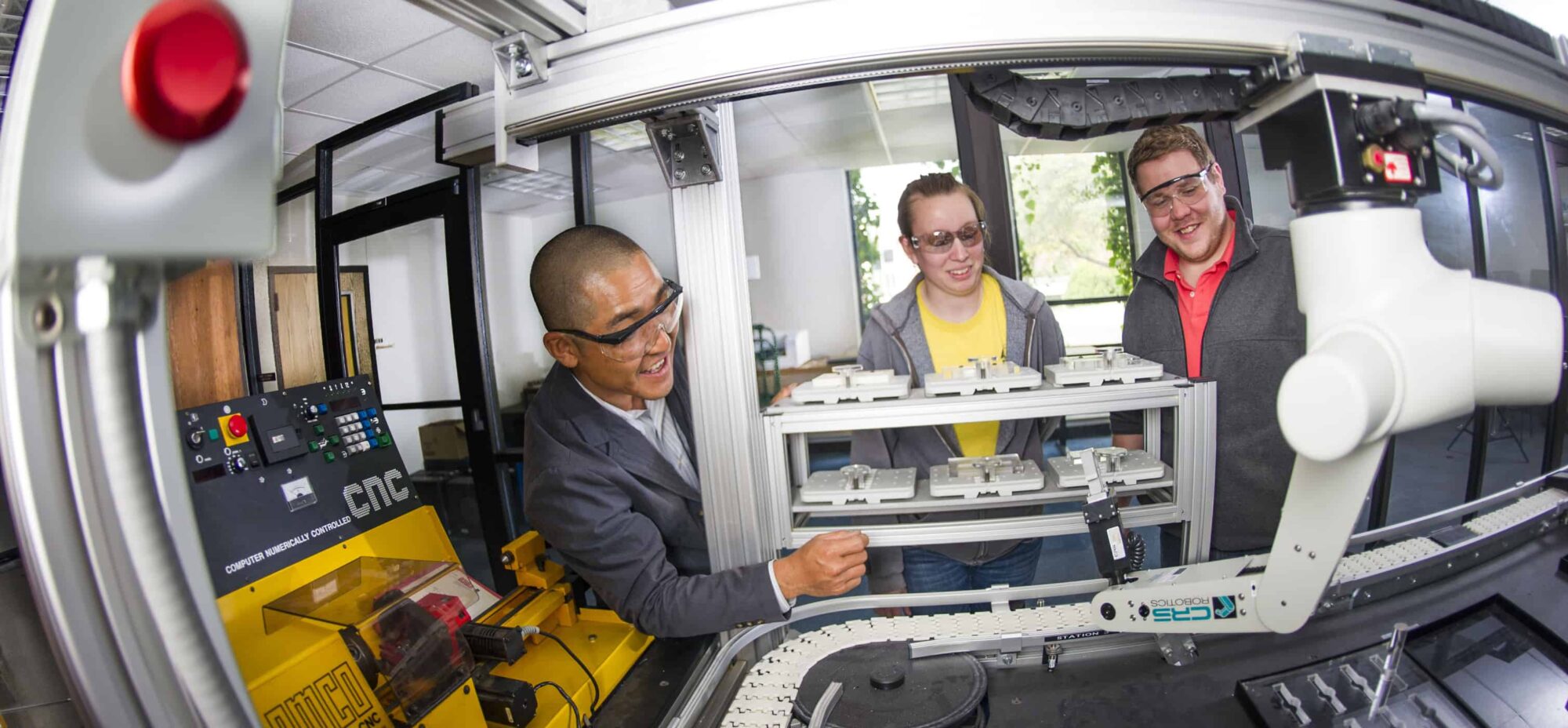
Explore Our Programs
Construction Engineering (BS)
Construction engineering is involved in the planning, management and building of structures and facilities essential to societies and communities, as well as the overall improvement in the standard of living. If you are interested in rebuilding and maintaining the current infrastructure in the United States and/or developing the new infrastructure needed to support population growth, this is your degree.
Electrical Engineering (BS)
With instruction in circuits, electronics, digital systems, electrical networks, antenna design, electromagnetism, embedded control, signal analysis and programming, this degree will prepare you with the skills and knowledge needed to plan, design and evaluate electrical and electronic systems and their components.
Industrial Engineering (BS)
As an industrial engineer, you will be counted upon to solve complex problems in a technological world. Industrial engineering is concerned with the design, improvement, and installation of integrated systems of people, materials, information, equipment and energy. You will have an opportunity to work in a variety of organizations, including but not limited to, hospitals, engineering firms, petrochemical companies, government agencies and manufacturing.
Organizational Planning Graduate Certificate
Offered through the technology management program at A&M-Commerce, the Organizational Planning graduate certificate highlights your completion of a 12 semester-credit-hour program of graduate-level courses focused on strategic planning in organizations within the broader field of technology management.
Technology Leadership Graduate Certificate
This certificate affirms your completion of a 12 semester-credit-hour program of graduate-level courses focused on leadership within the broader field of technology management. This certificate is open to graduate students in any major or exclusive of a major declaration
Technology Management (BAAS)
The Technology Management degree integrates technology, applied engineering, project management, cost engineering, construction and industrial management, and leadership. As a technology management graduate, you will be prepared to problem solve, manage a construction and/or industrial work environment, optimize processes, ensure a safe workplace, and manage a technological project.
Technology Management (BS)
The Technology Management degree integrates technology, applied engineering, project management, cost engineering, construction and industrial management, and leadership. As a technology management graduate, you will be prepared to problem solve, manage a construction and/or industrial work environment, optimize processes, ensure a safe workplace, and manage a technological project.
Technology Management (MS)
The graduate program in technology management is a fully online program designed to prepare you for career advancement and career enhancement in domestic and global technology-intensive businesses and industrial enterprises. The program focuses on leadership, organizational strategies, knowledge management, management of technology, applied research and project management.
News SPOTLIGHTS
Related Organizations
The Department of Engineering and Technology encourages fellowship among students within the discipline. There are several professional and student organizations to choose from.
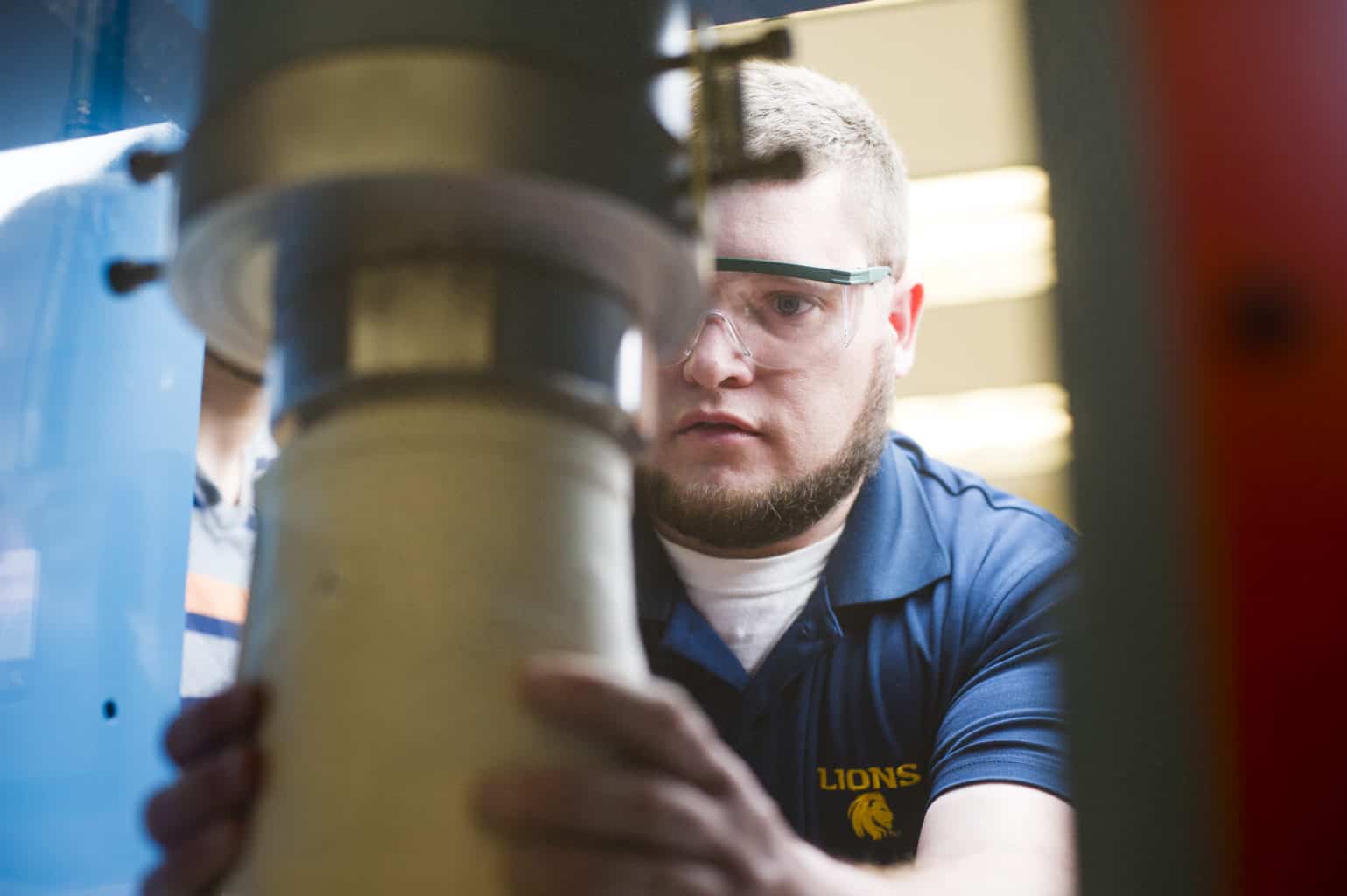
Scholarships
As an engineering and technology student, you have access to a wide range of scholarships specific to your degree.
Our Research
Our engineering and technology faculty are excited to develop your knowledge and skills through research. Opportunities are available for both undergraduate and graduate students. We encourage you to discuss any research interests with your professors.
Mechanical Properties of Recycled Concrete Aggregate for Medium-Quality Structural Concrete
The use of recycled coarse aggregate (RCA) has a high potential to significantly reduce the environmental impact of construction projects as well as the cost of construction materials. Reusing RCA in concrete mixes as a partial or full replacement of fine or coarse aggregate would be a more effective action in supporting and protecting the environment and reducing construction and demolition waste. This research reports the evaluation of medium-quality concrete properties incorporating RCA. Concrete cylinders, prisms, and cubes, as well as reinforced concrete (RC) beams, are prepared with different replacements of the RCA (25%, 50%, 75%, and 100%). The workability, mechanical properties, and reinforcement bond of cured concrete are examined at different ages. Moreover, microscopic analysis for the recycled concrete is presented to investigate the bond between the cement paste, the used aggregates, and the interfacial transition zone (ITZ). The effect of the stainless-steel fibers, crumb rubber, and CFRP laminates on the mechanical properties of recycled concrete aggregate is explored.
Mechanical Properties of Rubberized Concrete Strengthened with Stainless-Steel Fibers
Image Analysis, Processing and Recognition with Deep Learning
Researchers are engaged in the development of methodology and technology to allow doctors to identify and diagnose skin cancers at an early stage or provide a means for security agents to detect or recognize weapons or suspicious objects. With techniques such as edge detection, 2D image enhancement with Laplacian and gradient operators, Fourier transforms and the FFT, filtering and wavelets, image analysis, processing, and recognition research has application in many fields, including but not limited to medicine, agriculture, satellite imagery and national security.
Unmanned Air Systems – Assisted Wildfire Fighting in Wildland Urban Interface Zones
A collaborative research effort between multiple universities is ongoing with a goal to improve the safety and effectiveness of firefighters in wildland-urban interface (WUI) zone fires. The reduction of the preventable fire burden occurs by decreasing the number of buildings that are ignited by exposure to wildland fire, detecting and suppressing spot fires, and helping to cool down the fire head and flanks. The system is based on the utilization of a swarm of Unmanned Air Systems (UASs) with on-board sensors to assist firefighters by reducing the need for firefighter deployment across dangerous terrain in unknown fire conditions. The specialized UASs are manufactured at A&M-Commerce with payload capacities over 20 kg.
Construction Project Visualization System
Researchers at A&M-Commerce developed and implemented an immersive visualization system for building information models. This system displays 3D models on a large scale enabling users to virtually walk through the 3D model, look around the design and make changes before construction begins. Information associated with building components is integrated and displayed within the model eliminating the need for 2D drawings, specifications and Gantt charts. The system is operational and used for class assignments and joint construction industry projects.
Mobility and Interference Management for Underlay D2D Communications
Device-to-device (D2D) communication offers an underlying LTE-Advanced wireless technology that meets the demands for increasing data rates, delivering high bandwidths and offloading traffic from existing networks. The potential applications of D2D communication include peer-to-peer file sharing, supporting national security and public safety. Spectral and energy efficiencies need to be carefully designed and improved while meeting the quality of services requirements. Researchers at A&M-Commerce aim to address these challenges on mobility and interference management for underlay D2D communications in future cellular networks.
Free Emission Smart Infrastructure (FESI)
Our research focuses on accelerating the transition to smart cities through integrated assimilation and deployment of several emerging renewable energy technologies. Photovoltaic roof tiles as renewable electric powertrains can be integrated with grid-connected rechargeable lithium-ion battery storage system as well as off-the-grid use system. Our research efforts include: deployment of a smart solar photovoltaic building unit (PVBU), monitoring and control of solar generation and energy consumption, software for Levelized Cost of Electricity (LOCE) data analytics, solar PV devices efficiency simulation and financial engineering to avoid reliance on government's subsidies.
Array Signal Processing and Wireless Communication
Array signal processing such as one dimensional (1D) and two dimensional (2D) Direction of Arrival (DOA) plays an important role in military and commercial sectors. Faculty at A&M-Commerce are researching the hardware/software real-time implementation of the proposed QR factorization algorithms in the DOA estimation. Researchers are developing a high-resolution source localization algorithm for real-time applications that will be implemented in Field Programmable Logic Gates (FPGA) LabVIEW, NI-PXI systems and LabVIEW software for 5G massive MIMO system and radar applications.
Meet our Department
Contact Us
- Department of Engineering & Technology
- 903.886.5474
- 903.886.5960
- [email protected]
- P.O. Box 3011
- Commerce, TX 75429-3011




